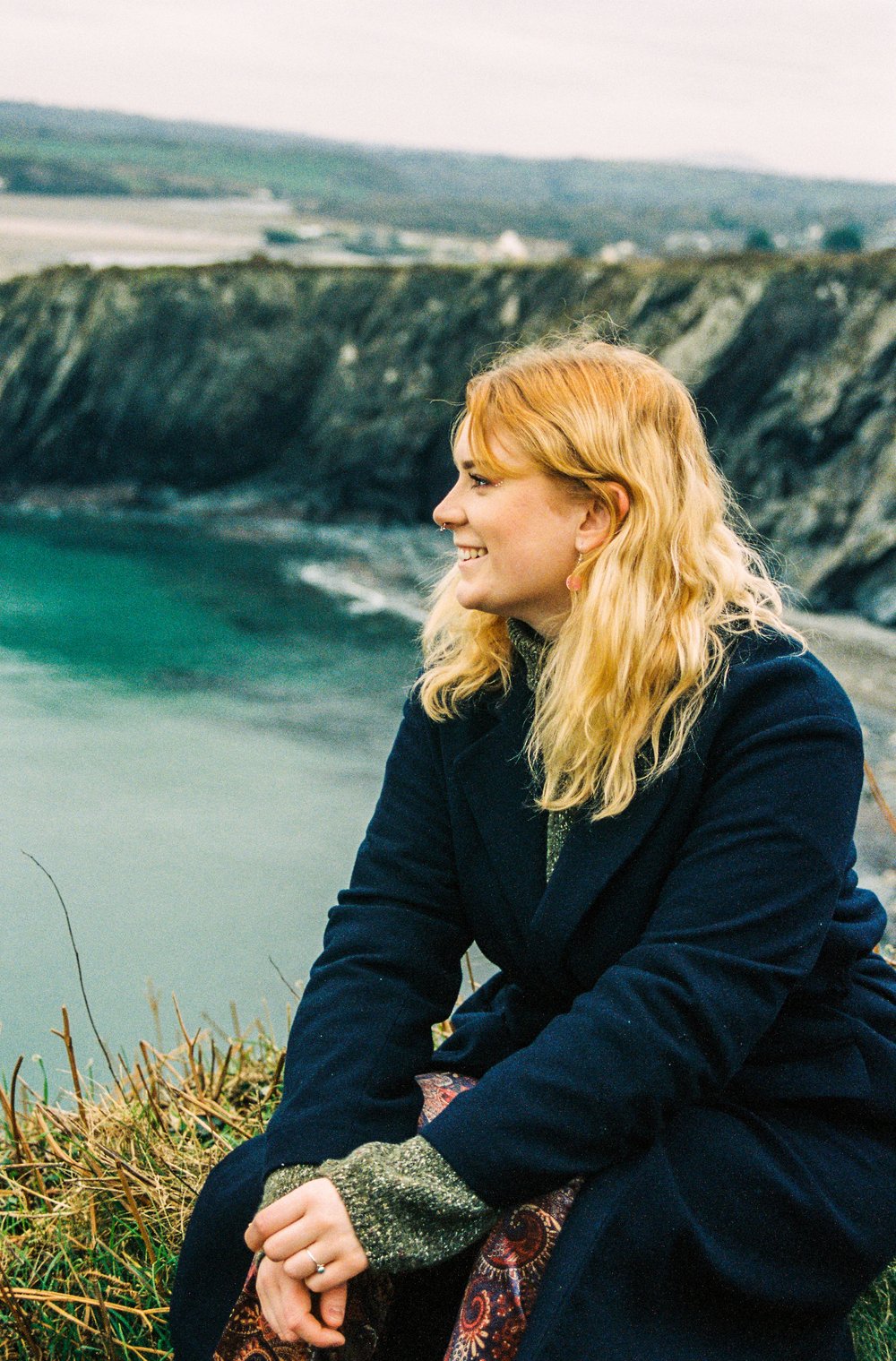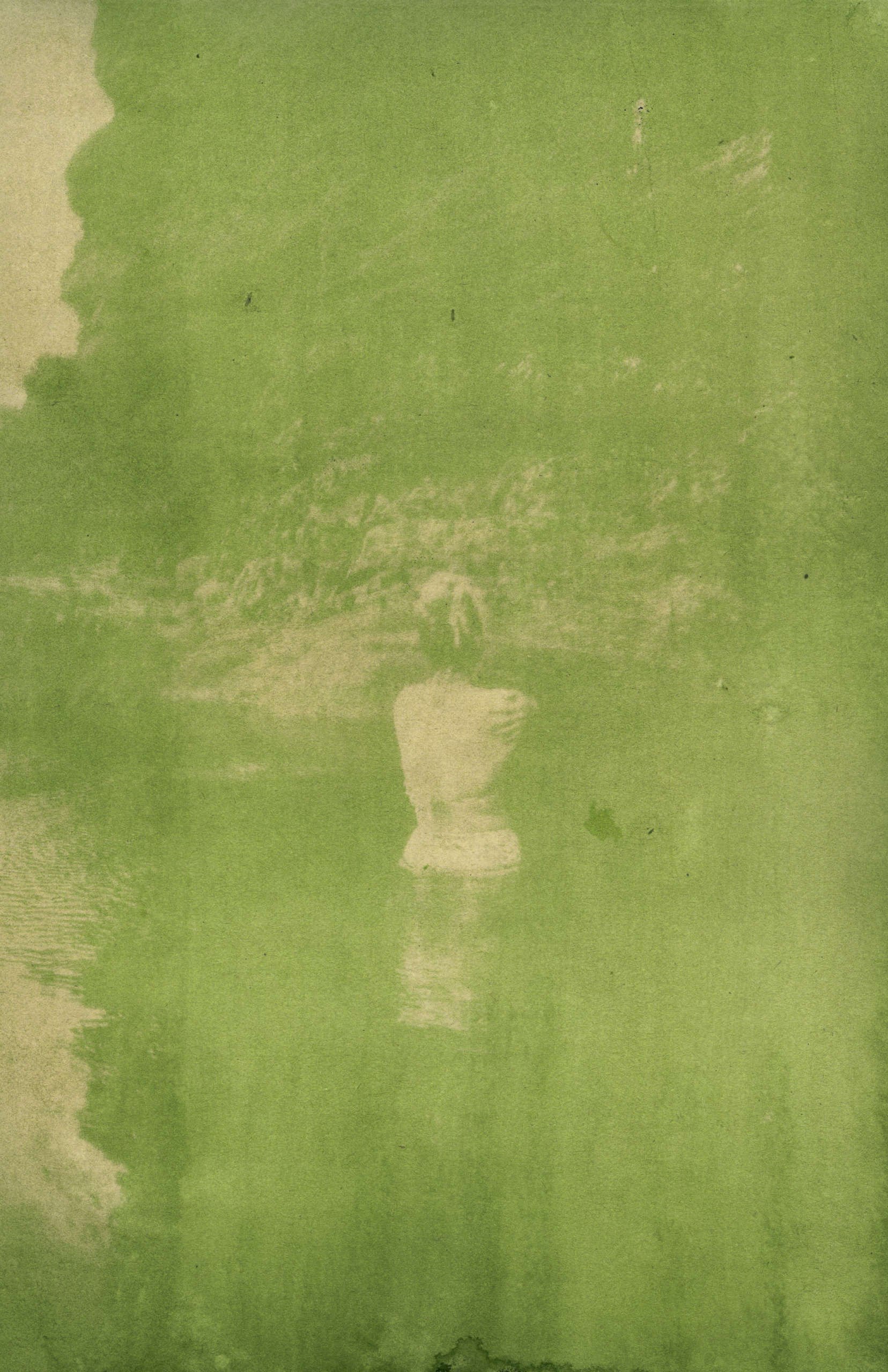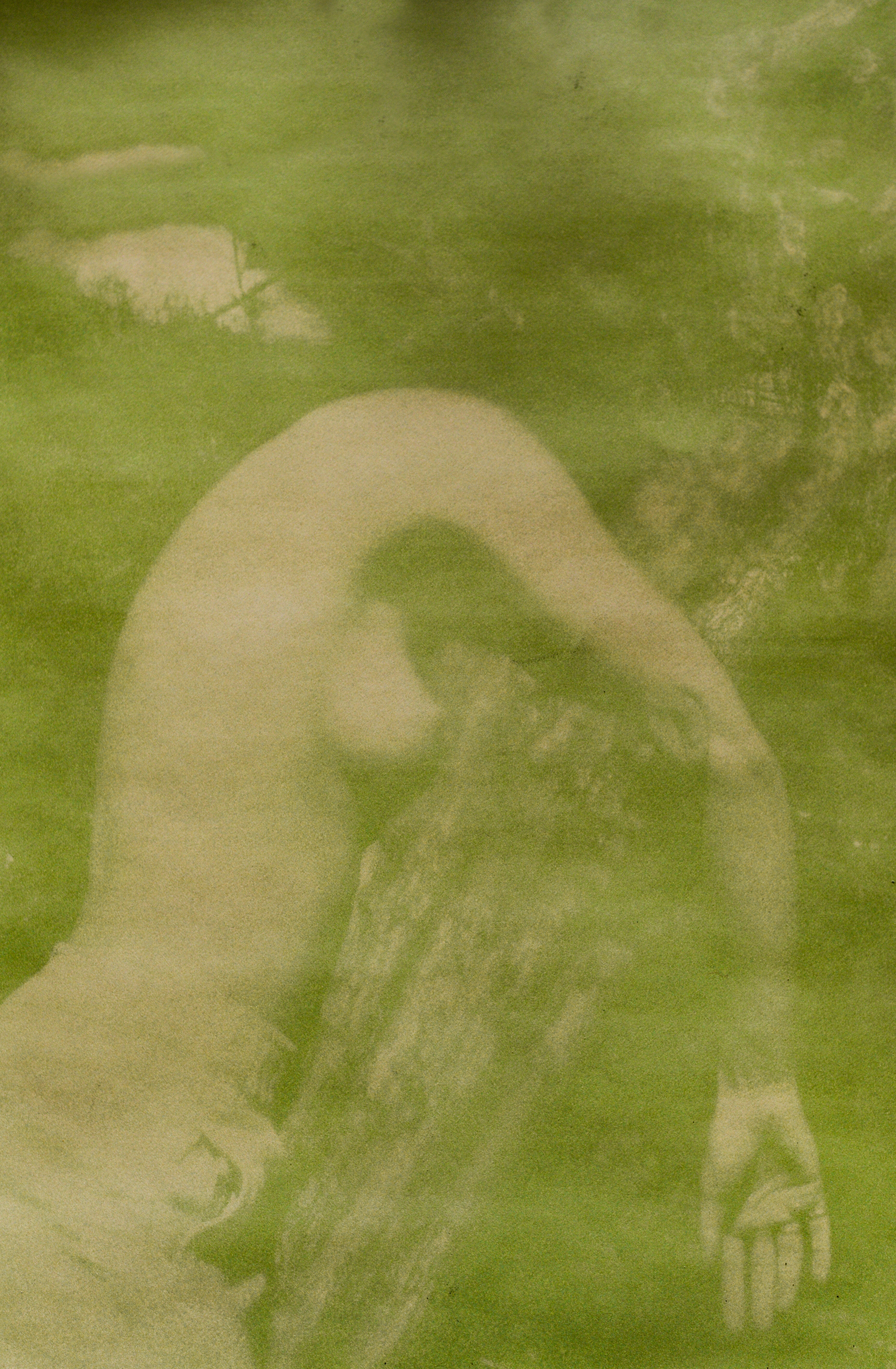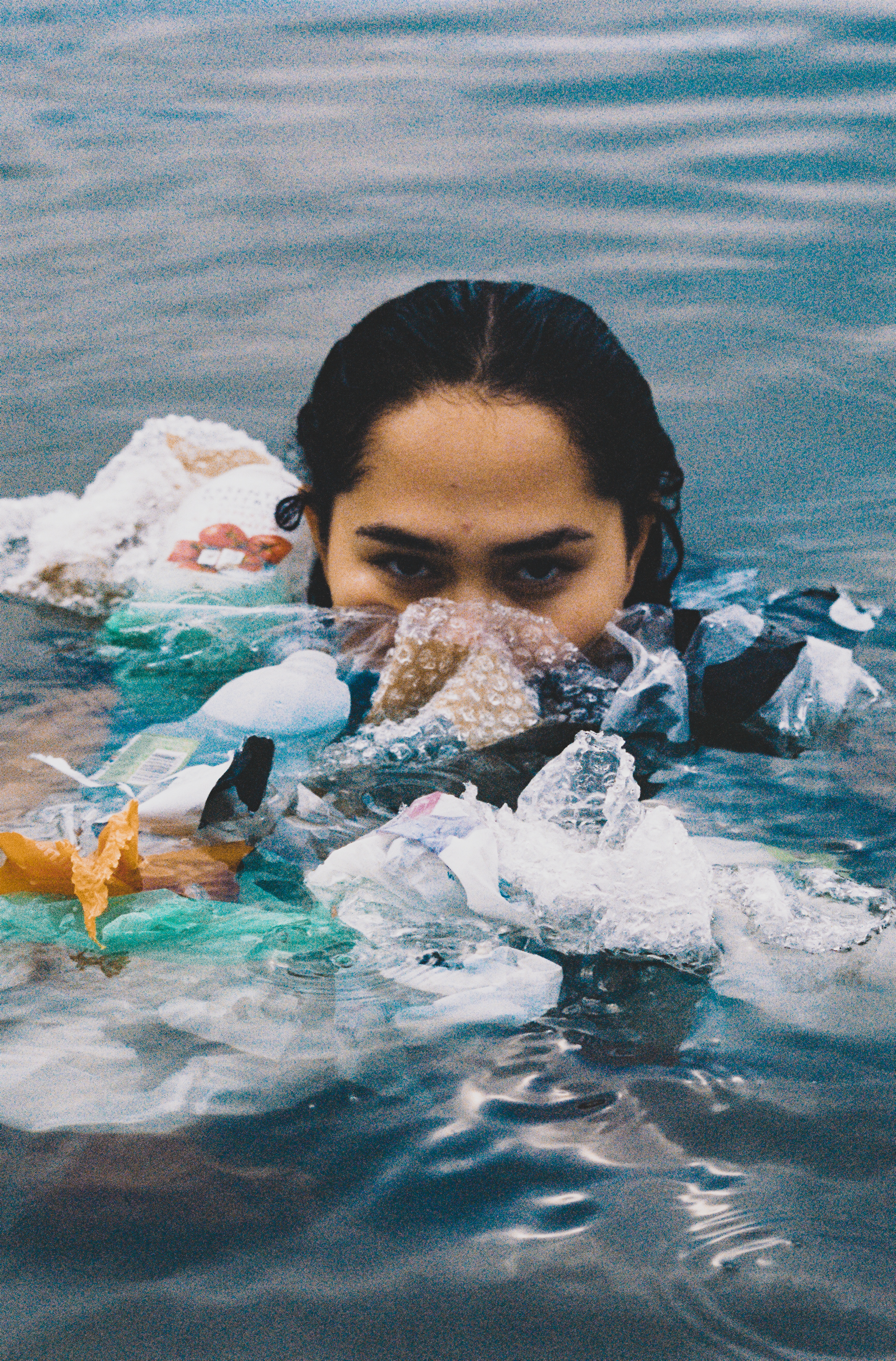Article written by Esther Evans

Hi Gracie. What is sustainable photography and what led you to focus on it?
Sustainable photography basically means taking photographs with the least possible impact on our planet. Sometimes this can mean going back to traditional methods of photography, before all the chemical processes became involved, but it also means looking for new ways to harness science to produce photographs that are authentic and not in any way damaging to the environment.
I grew up in rural Wales and as a child, I have happy memories of beautiful scenery and clear oceans. It gave me a deep love for nature. I’ve seen firsthand the impact of pollution on our beaches and countryside and I don’t want my own work to contribute to pollution in this, or any other part of the world, if I can possibly help it. I try to put my money where my mouth is in my personal life but also in my work, wherever possible.
Was there a specific moment in your career that led you to this style of work?
A conversation with a photography mentor was a key turning point. She encouraged me to align my own beliefs to my photographic processes and taught me that myself and my photography are the same. I am my photography.
I had a lightbulb moment – I had gone down the fashion route, but my photography just wasn’t aligning with my true beliefs. I wanted to make my work about what I really felt in side rather than following the crowd. My work is now more of an extension of me, at least that is what I’m aiming for. I think this is a good lesson for all creatives, whatever field they work in. Be true to yourself and your beliefs.
What have you learnt about the photographic process and industry along the way?
If you think of any high fashion campaign in a glossy magazine promoting sustainable fashion, there is still a lot of energy consumed. There will be flash lights consuming energy, the make up on the model may not necessarily be ethical, the process of producing the images will use a lot of harmful chemicals, trees will have been cut down to produce the paper, there will be travel involved… the list goes on the more you think about it. The only ethical part of the process may well be the clothes themselves. The way the final product is presented may turn out to be hypocritical when you consider that whole process behind it.
That’s not to say we shouldn’t be recycling and promoting more sustainable clothing but is the photography campaign itself really sustainable? I doubt it. We should be asking ourselves these question at the very least. What is the point of making a film or image about saving our planet, if the very process itself is harming it? The process of producing an image is as important to me as the image we see at the end.
Basically, I’ve learnt the final image can sometimes be irrelevant to my work. I try to work in a way that has the least impact. It can take longer but at the end, the final images are special because of the thought and consideration that has gone into them.


Where does the inspiration for your own photographs come from?
I am the type of person that likes to push boundaries and ask big questions. Nature is always going to be my biggest inspiration. I still seek out nature, even though I now live in the city in Bristol. There are beautiful environments and wildlife everywhere. I’m also inspired by working with like-minded people who are trying their best to be ethical with the products they buy and consume.
My recent work highlights the impact of plastic pollution on our planet, but I’ve tried to steer away from using images that are becoming so familiar they are losing their impact on us.
When I was younger, the image of a polar bear floating out to sea on a melting block of ice was devastating. Recently, those images have become so ingrained in our psyche that they have lost their shock factor and their impact has diminished. My photographs aim to rekindle that shock by imagining a future world where we have failed to take action on climate change. I like to look afresh at the issue and provoke the viewer to think and ultimately, to take action themselves.
For fashion work, I use outdoor locations and recycled materials. I’m trying my best to walk the walk as well as talk the talk. I’m certainly not perfect, but I am trying to seek out new ways of working for our future.
If you had a magic wand, what would you change about the photography industry?
Oh my goodness! I wish I had a magic sustainability wand.
I guess I would like the industry to pay more attention. I wish we could all relearn what makes an image beautiful. Is an image that has swallowed up more of the world’s resources really beautiful? Personally I prefer an image that has been nurtured and considered over time at every stage of the process. Less is more. Lets remove more of the digital fakes.
Photographers aren’t always open and honest about how they create their images, maybe because it can be such a damaging process to the planet. I’ve also encountered people who know how to work in a sustainable way, but prefer to gate-keep their methods.
To me, it’s so important to share what I have learned in this process. My workshops are about encouraging and educating photographers to bring about positive change.

How do you make sustainable photographs? Can you explain your process?
I am currently researching and exploring so many different methods and processes, it’s hard to narrow it down. One of the processes I use often is the Anthotype process. Put simply, it involves manipulating the light sensitive matter from plants into an image. Here’s my simple guide:
- To begin an Anthotype print, I start by collecting waste organic matter – anything from spinach to hawthorn.
- I add water or a small amount of alcohol (usually some left over spirit) and blend them together to form a paste.
- This paste is passed through a muslin cloth to form a dark liquid.
- I try to use homemade paper if possible and I paint the liquid on in layers taking care to keep it out of direct sunlight.
- I use a print or stencil on recyclable acetate to transfer the image and then it’s time to leave it in direct sunlight.
- The process can take from six hours to six months to fully develop, depending on the various factors involved.
Due to the natural process, some of my images have a grainier, muted quality about them and are usually composed of natural earthy tones.
Gracie is currently displaying work at Royal West of England Academy (RWA) Bristol, Queens Rd, Clifton, Bristol BS8 1PX from 28th January to 1st May 2023
For more information about workshops on sustainable photographic processes contact Gracie below.
Website : gracieevans.com Insta @gracieevansphotography


